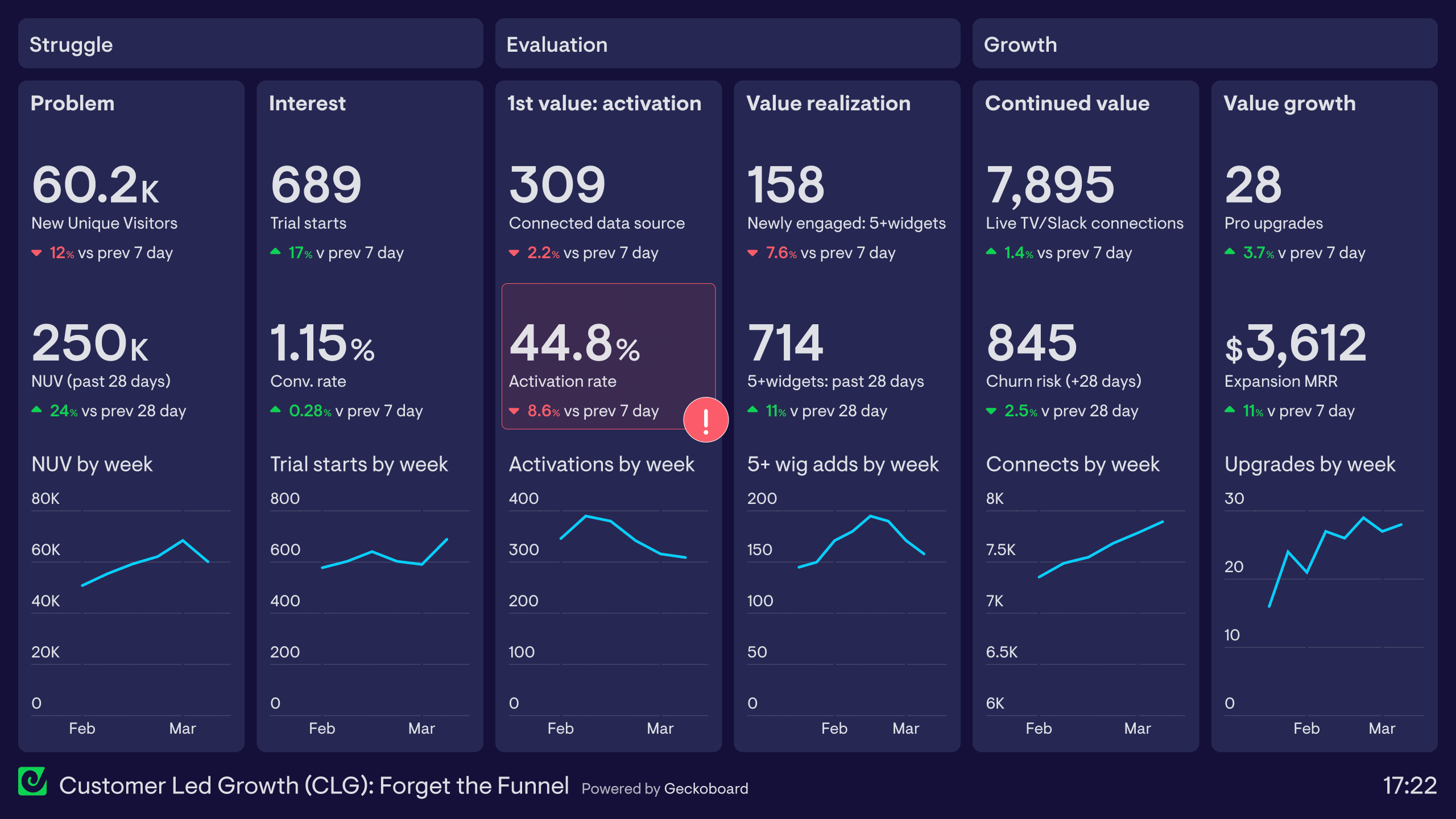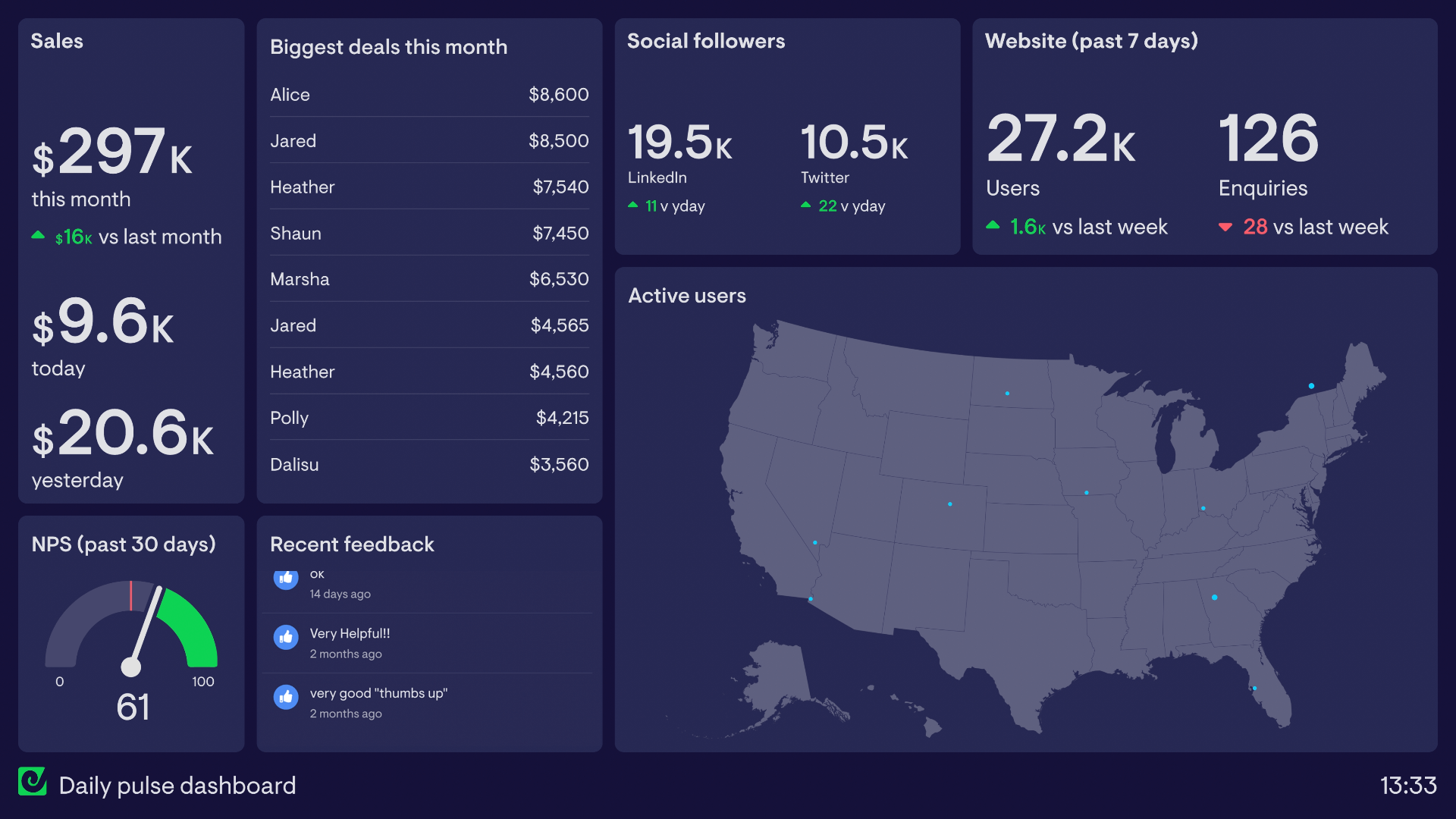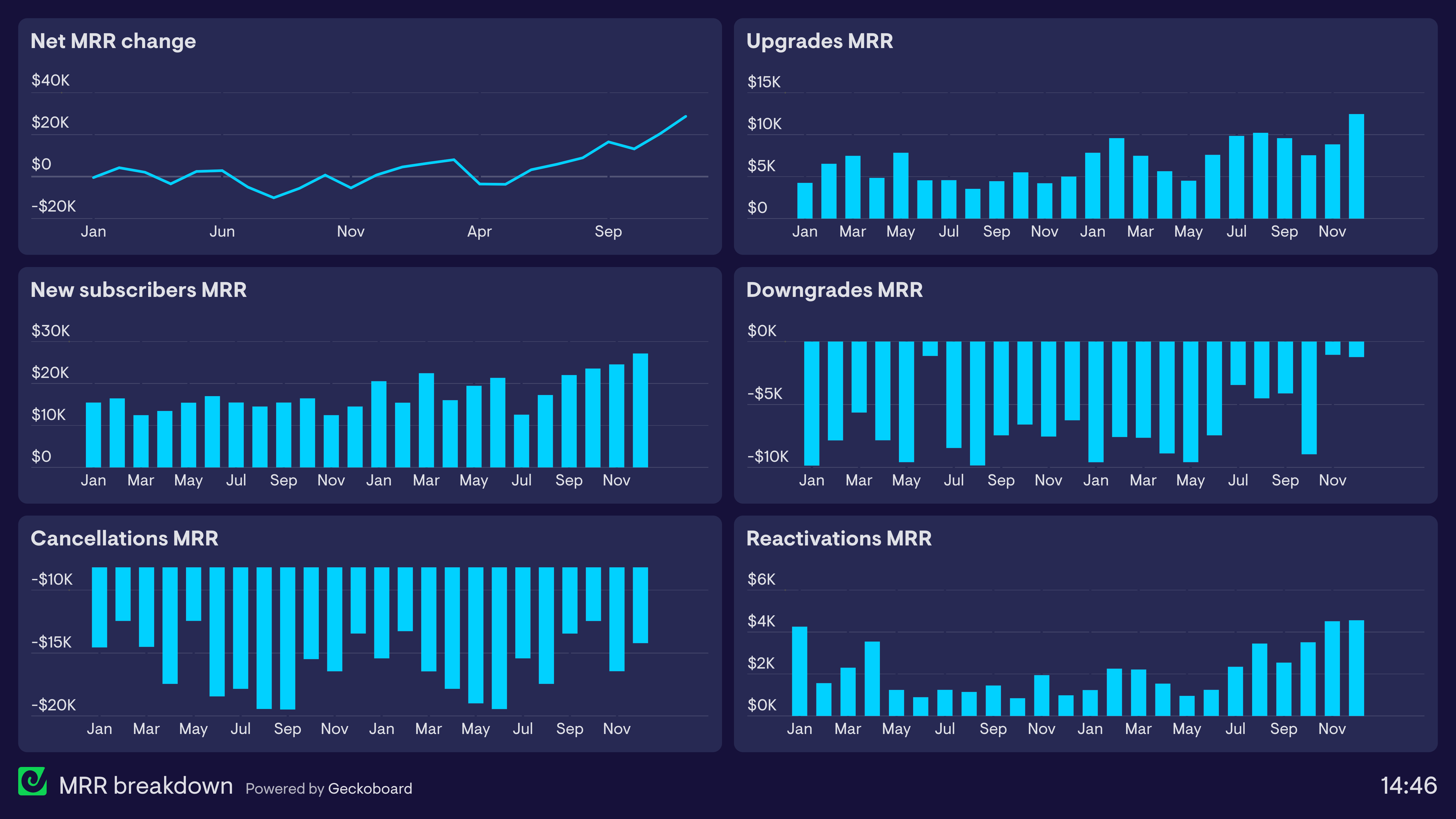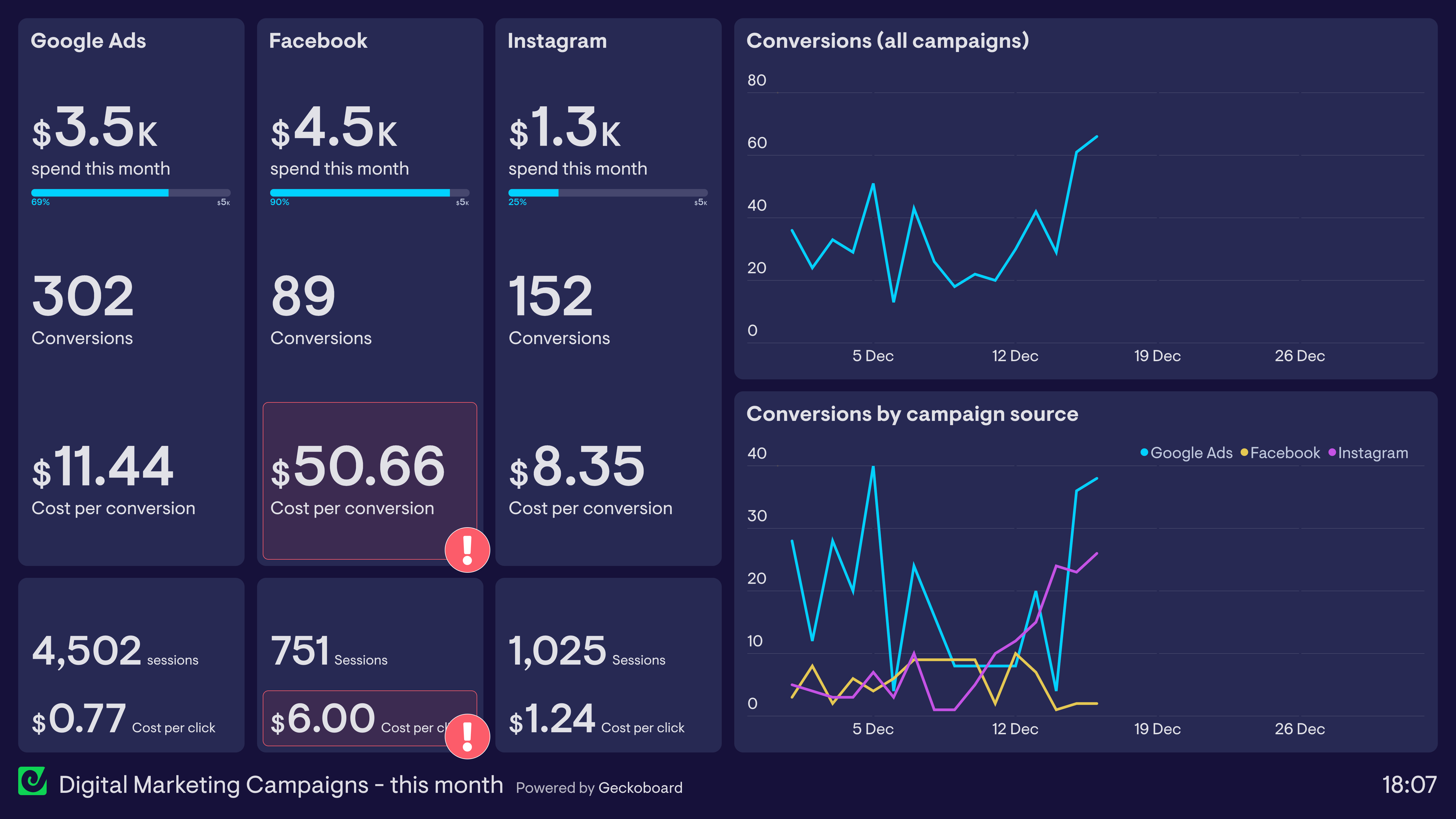What is Customer-Led Growth (CLG)?
To start off, let’s talk a little bit about Customer Led Growth. CLG is a strategic framework developed by Georgiana Laudi and Claire Suellentrop, featured in their 2023 book, Forget the Funnel: a Customer-Led Approach to Driving Predictable, Recurring Revenue.
The framework helps companies (particularly B2B SaaS companies) use customer research to identify their best customers and better understand the value their company provides for them. (The CLG framework builds on the “Jobs To Be Done” theory of practice.)
Using customer insights, businesses can map a customer journey that is more likely to lead to long term growth. Using this ‘ideal’ customer journey, the entire business (including both technical and customer-facing teams) can focus their activities to deliver optimal value for their customers.
What is a Customer-Led Growth (CLG) dashboard?
A CLG dashboard tracks the different stages of the customer journey using KPIs that represent value to customers. These dashboards are used by companies who have implemented a Customer Led Growth (CLG) framework.
Crucially, when you are driving customer-led growth, the customer journey should not be measured using conventional business metrics like New Subscribers, MQL, or SQL. Conventional metrics like this are not always representative of the true value your customers receive. Instead, you should use customer insights to develop bespoke KPIs which track customer value across six key stages of the customer journey:
- Problem
- Interest
- Activation
- Value Realization
- Continued Value
Value Growth
How do I build a Customer-Led Growth (CLG) dashboard?
This dashboard shows how you might use a KPI dashboard tool like Geckoboard to track the CLG framework. In this case, we’re using Geckoboard’s own customer journey as an example (with dummy data).
The dashboard is divided into six sections, each representing six different stages of the customer journey.
➡️ Problem – In the first column, we are using New Unique Website Visitors as a KPI to track the Problem stage. How many potential customers are discovering Geckoboard as a potential solution to their problem? Here, the dashboard pulls data directly from Google Analytics. We can track how many new website visitors we have recorded over the past 7 days and the past 28 days.
➡️ Interest – In the second column, we are also using Google Analytics data to track New Free Trial users. In addition to the total number, we can also see the website’s overall conversion rate.
➡️ First Value: Activation – In the third column, we are using Mixpanel data to track First Value (or Activation Rate). Out of the customers who signed up for a trial, how many reached the “aha moment” where they experienced value for the first time? Using insights from customer research, we decided our Activation KPI should be the number of people who connect their first data source. You’ll notice that the activation rate has triggered a red status indicator on the dashboard – that’s because it’s fallen below the 50% threshold we’ve set for ourselves. Status indicators like these help the team to quickly notice when something has changed for the worse (or the better).
➡️ Value Realization – In the fourth column we’re also using Mixpanel data to track how many people reached Value Realization – where they “solved the problem that they came to us to solve”. Again, based on customer research we know that this is the point where customers have been able to build a dashboard that visualizes multiple data points.
➡️ Continued Value – In the fifth column we are using data from our SQL database to track Continued Value – the point where customers have “established a habit and the product is embedded into their life”. In our case, this is when customers are regularly sharing their dashboard with their team via collaboration channels such as Slack or by using our Send to TV feature for permanent TV display.
➡️ Value Growth – The sixth column uses SQL database data to track customers who upgrade their plan because they are expanding their usage of the product.
In addition to the data sources we mentioned (Google Analytics, Mixpanel and SQL databases), you can recreate this dashboard using over 90 different data sources including Salesforce, ProfitWell or Google Sheets.
Interested in learning how to build a customer experience map with customer-based KPI? Check out their new book, Forget the Funnel: a Customer-Led Approach to Driving Predictable, Recurring Revenue.
Focus area
Customer Led Growth KPIs
Who looks at it?
Whole company
How often?
Several times a week
- Google AnalyticsMixpanelSQL DatabaseSpreadsheets




